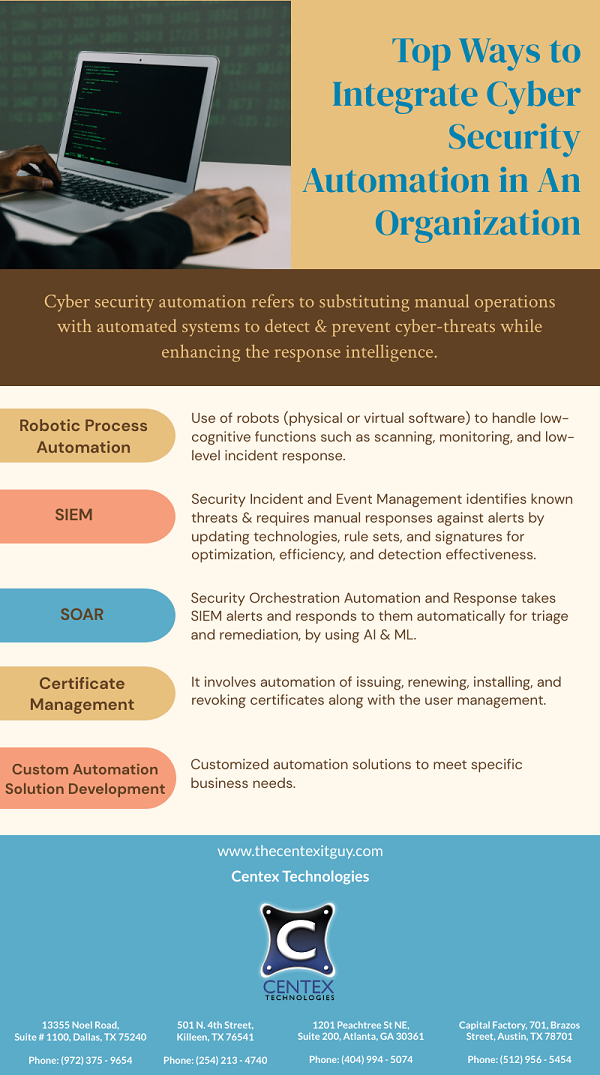Nowadays, cybersecurity is more important than ever. As organizations increasingly rely on digital infrastructure to store sensitive information and conduct business operations, the need for robust security measures becomes increasingly important. Two important measures in cybersecurity are vulnerability scanning and penetration testing.
What is Vulnerability Scanning?
Vulnerability scanning is a process that identifies security weaknesses and vulnerabilities in an organization’s IT infrastructure. A vulnerability scanner is a software program that scans the organization’s systems, networks, and applications for known security vulnerabilities. This helps identify weaknesses in security posture and allows IT teams to address these vulnerabilities before they are exploited by attackers.
Vulnerability scanners typically use a database of known vulnerabilities and their associated attack vectors. The scanner will try to exploit each vulnerability to confirm if it’s present in the system being scanned. It then generates a report that lists all vulnerabilities found along with suggestions for remediation.
Types of Vulnerability Scans
There are two main types of vulnerability scans: authenticated and unauthenticated scans. Authenticated scans require a login credential to access the system being scanned. This type of scan provides a more comprehensive picture of the system’s security posture as it can identify vulnerabilities that are not visible from the outside. Unauthenticated scans, on the other hand, do not require login credentials and only scan the system externally. This type of scan is useful for identifying vulnerabilities that can be exploited remotely.
What is Penetration Testing?
Penetration testing (pen testing) is a simulated cyber-attack on an organization’s IT infrastructure to identify vulnerabilities that an attacker could exploit. Penetration testing typically involves a team of security professionals who perform the attack to simulate the behavior of a real attacker. Penetration testing is more in-depth than vulnerability scanning as it attempts to exploit vulnerabilities to determine their impact on the system.
Types of Penetration Testing
There are several types of penetration testing, including black-box, white-box, and grey-box testing. Black-box testing simulates an attack by a hacker who has no prior knowledge of the target system. White-box testing, on the other hand, provides the tester with detailed information about the target system, including network diagrams, system architecture, and application source code. Grey-box testing is a combination of black-box and white-box testing, where the tester has limited knowledge about the target system.
Difference between Vulnerability Scanning and Penetration Testing
Vulnerability scanning and penetration testing are two important cybersecurity measures that serve different purposes. While vulnerability scanning is a broad assessment of an organization’s security posture, penetration testing is a more targeted assessment that aims to exploit identified vulnerabilities.
Vulnerability scanning is typically automated and relies on a database of known vulnerabilities. Penetration testing is performed by skilled security professionals who simulate an attacker’s behavior to identify and exploit vulnerabilities. Vulnerability scanning is typically performed periodically, while penetration testing is done on a more ad-hoc basis.
For more information on how to make your systems and applications secure, contact Centex Technologies. You can contact Centex Technologies at Killeen (254) 213 – 4740, Dallas (972) 375 – 9654, Atlanta (404) 994 – 5074, and Austin (512) 956 – 5454.

